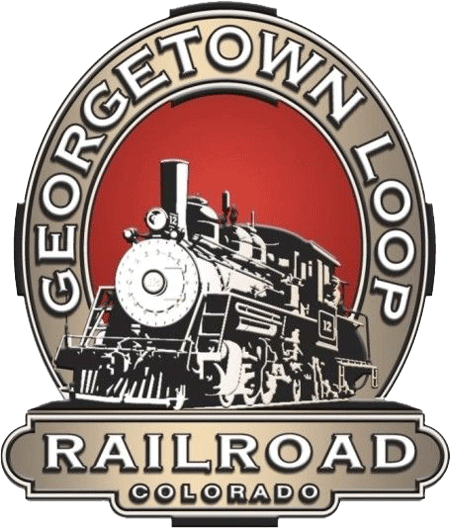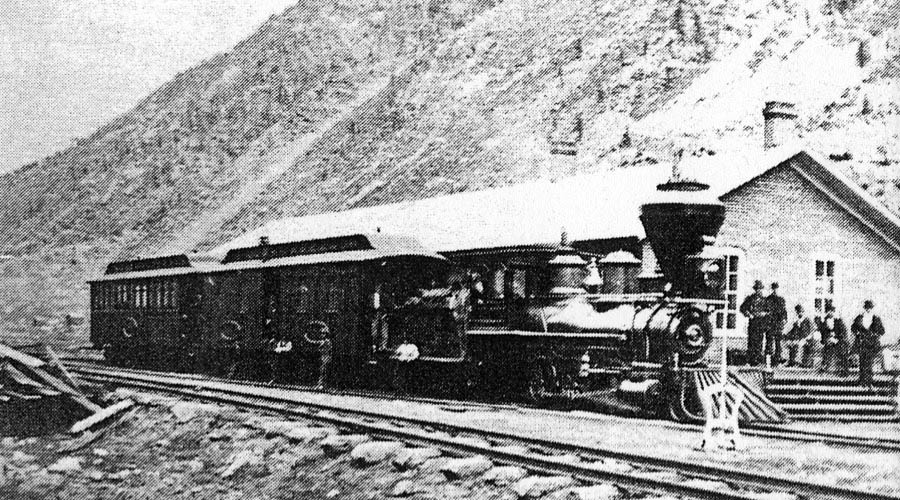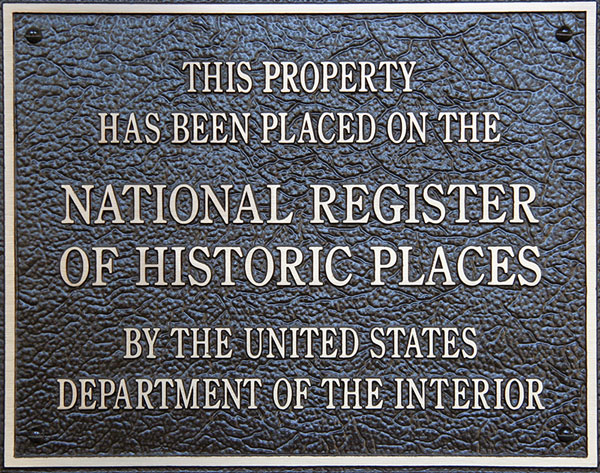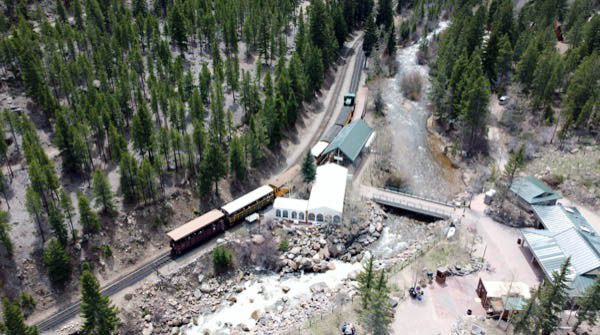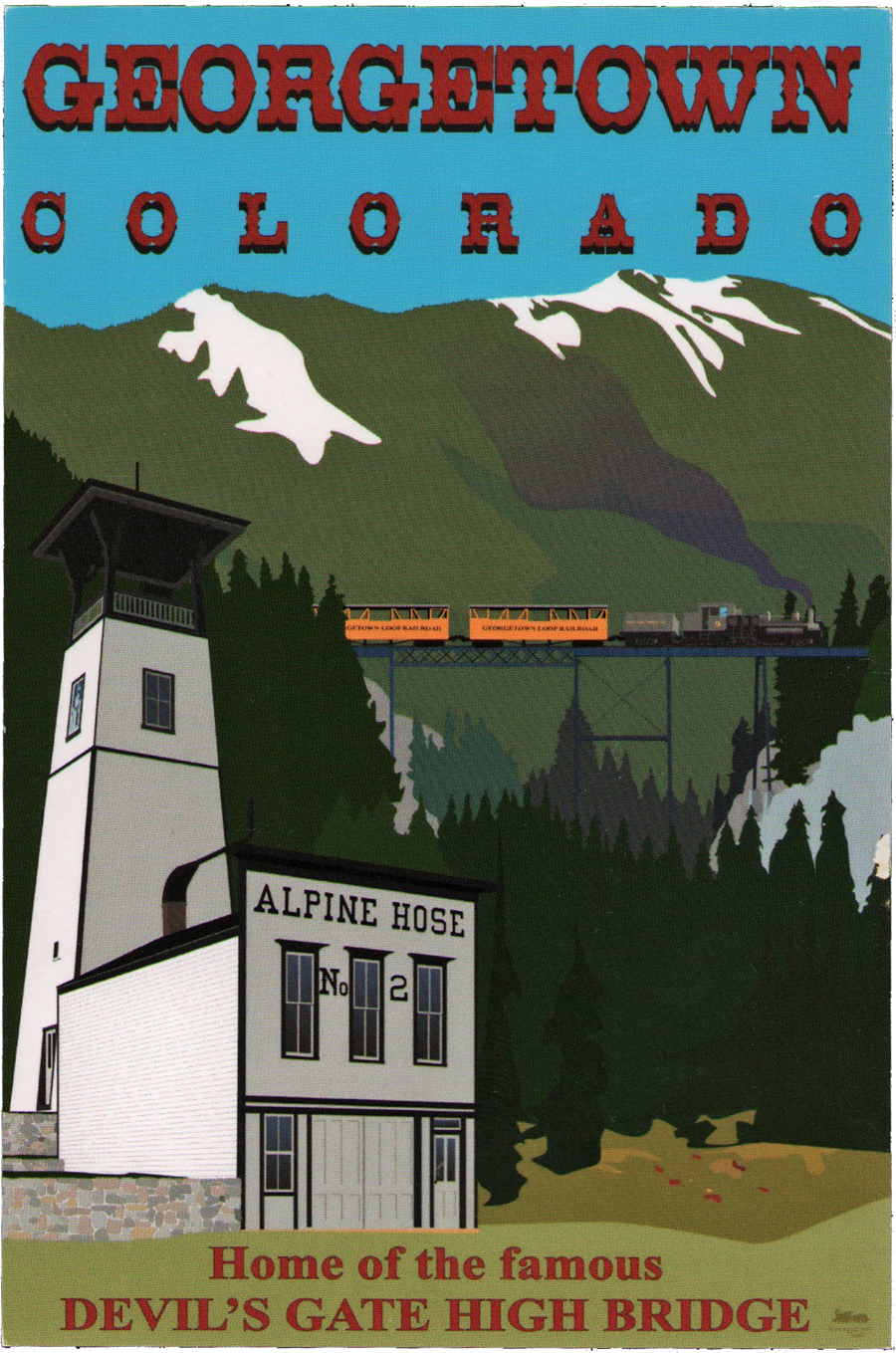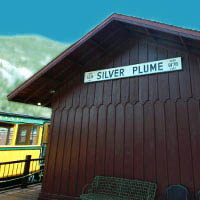 |
Georgetown Loop Railroad Loop Stations |
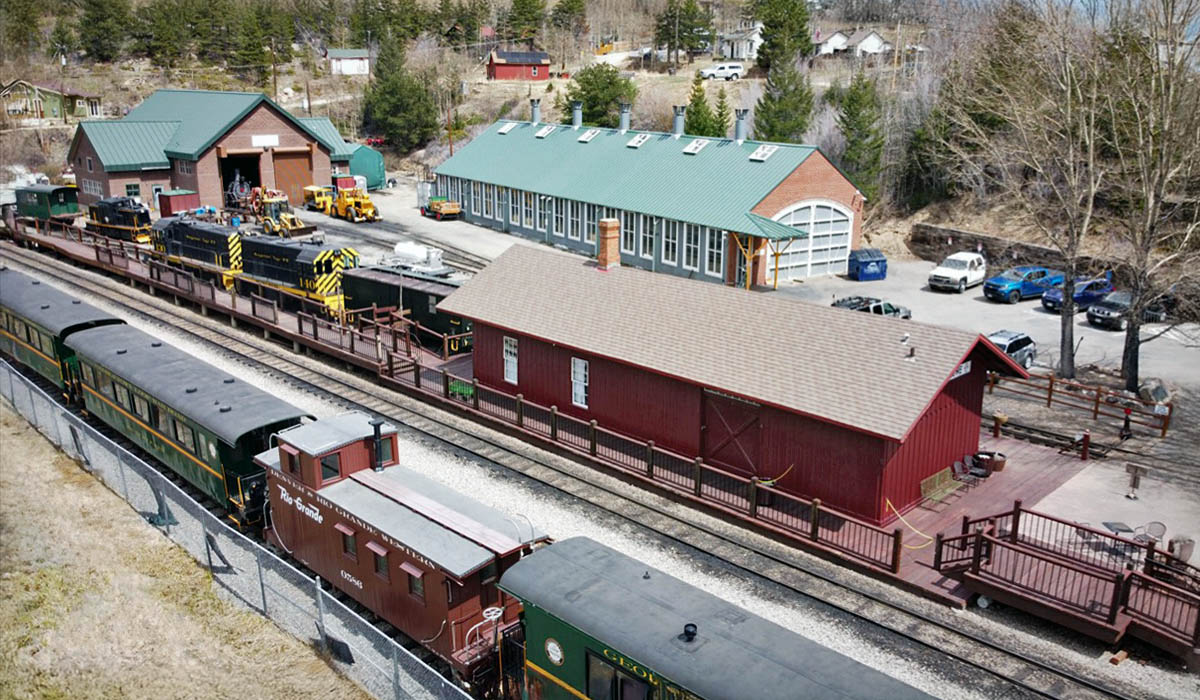
Silver Plume, Co / May 2023 / RWH
 Georgetown
Georgetown

Since its beginning as a mining camp in 1859, Georgetown has attracted those who have sought something very special. First it was the magic of gold and silver ore, now it’s the beauty and ambiance of this picturesque town surrounded by the Rocky Mountains.

1881 Official Guide ad / collection

collection
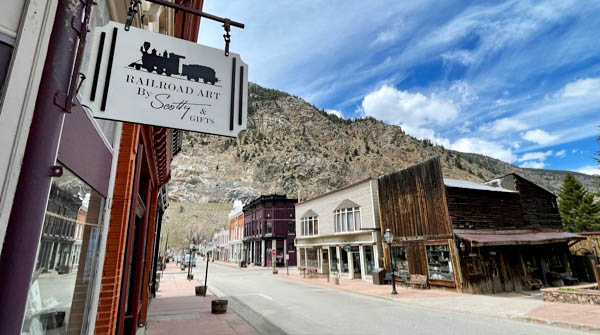
Georgetown, Co / May 2023 / RWH
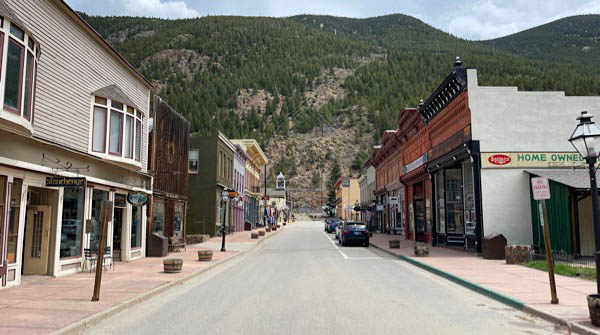
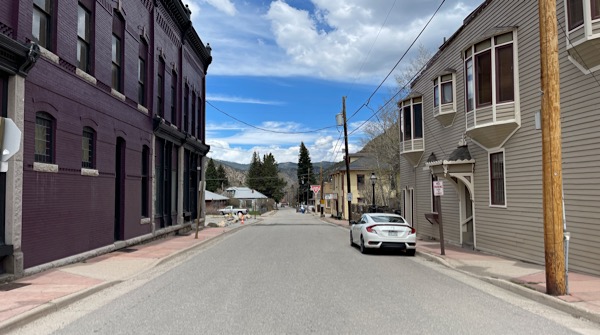
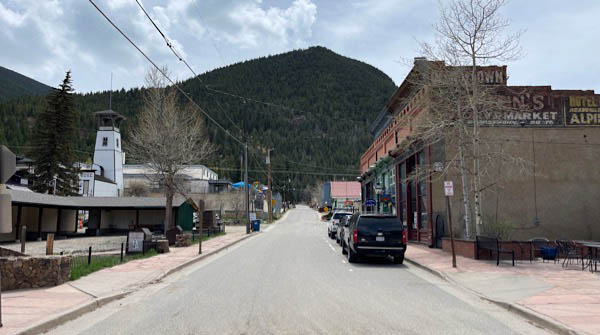
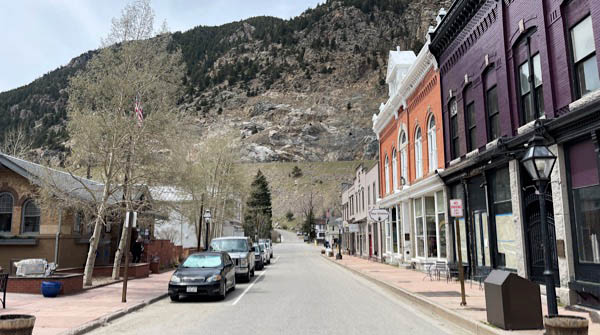
Georgetown, Co / May 2023 / RWH
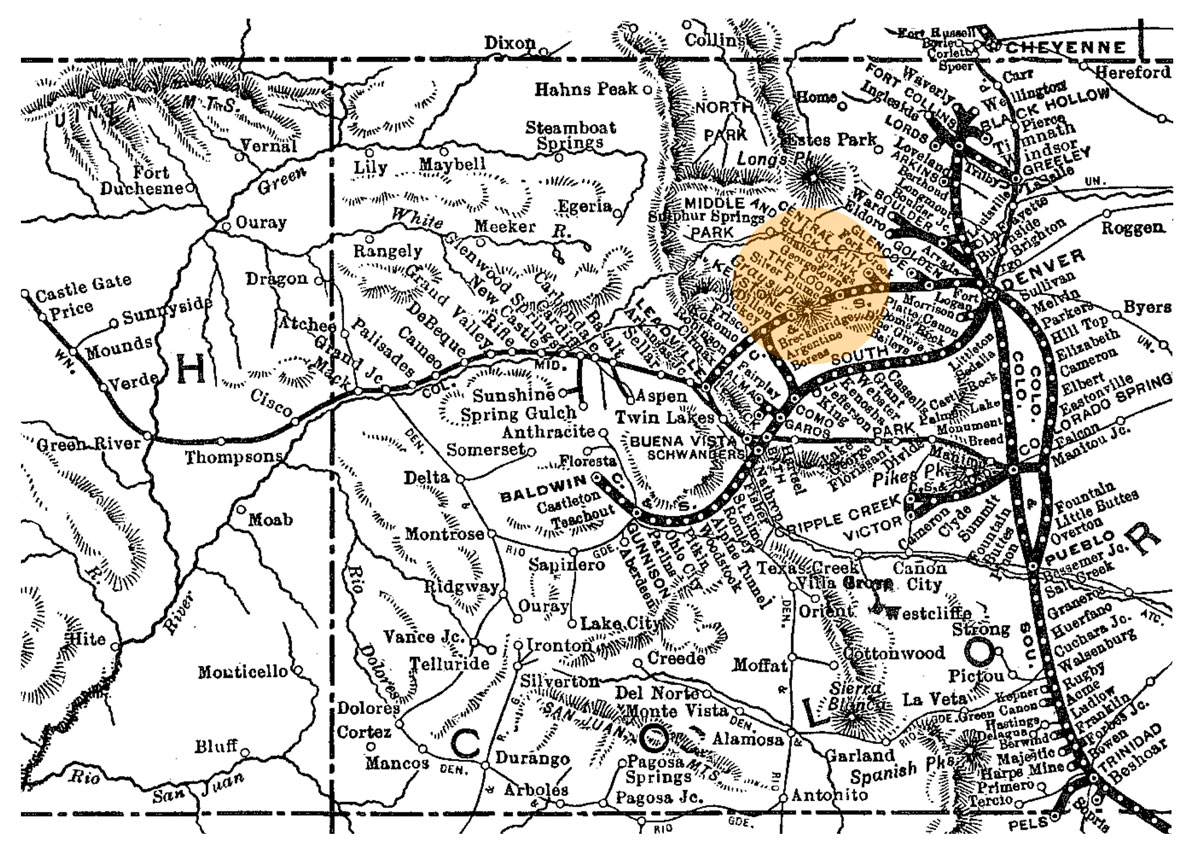
1910 Official Guide map / collection

1910 Official Guide ad / collection

1910 Official Guide ad / collection
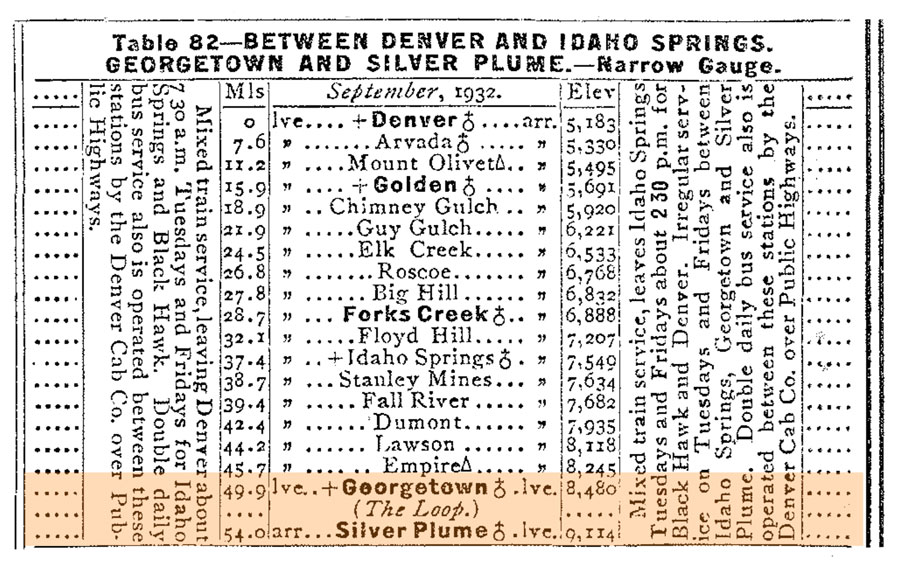
1933 Official Guide ad / collection
 Devil's Gate Station
Devil's Gate Station

Georgetown, Co / May 2023 / RWH
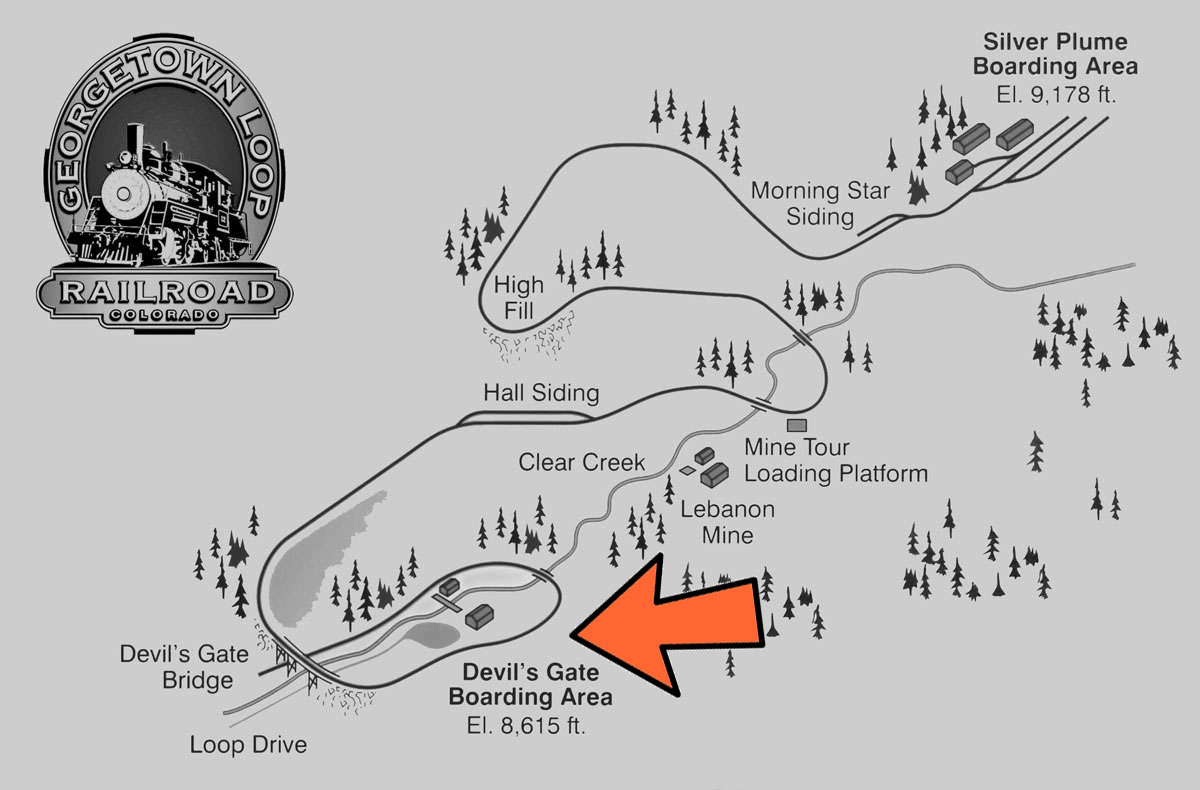
route map / adapted RWH
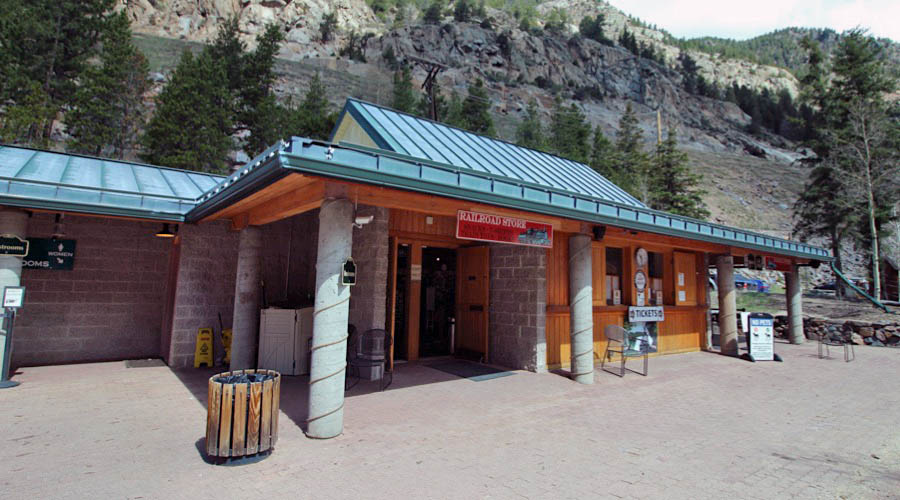
Georgetown, Co / May 2023 / RWH
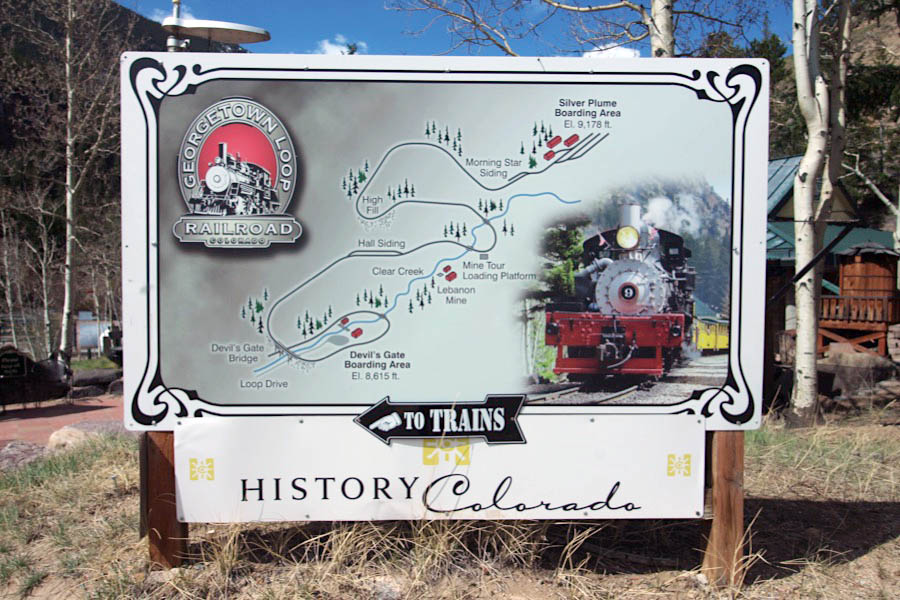
May 2023 / RWH
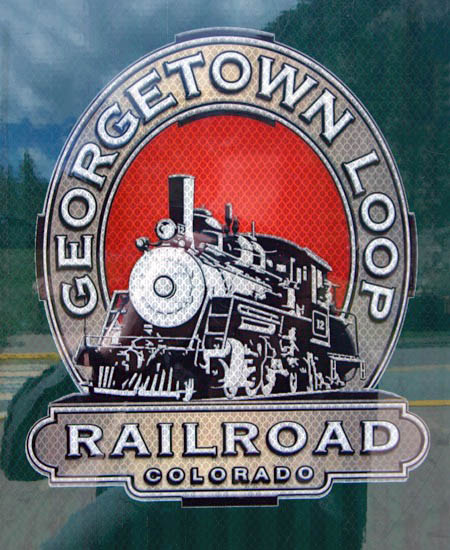
May 2023 / RWH


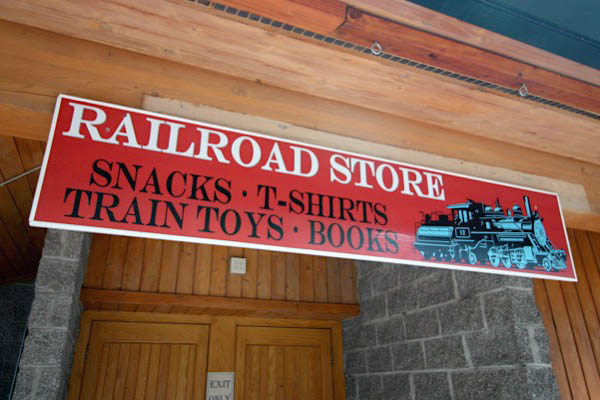
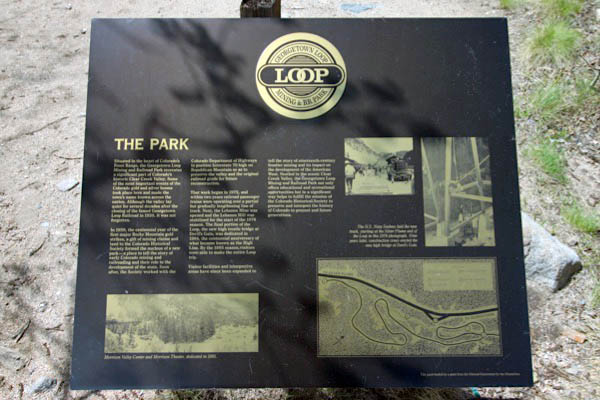
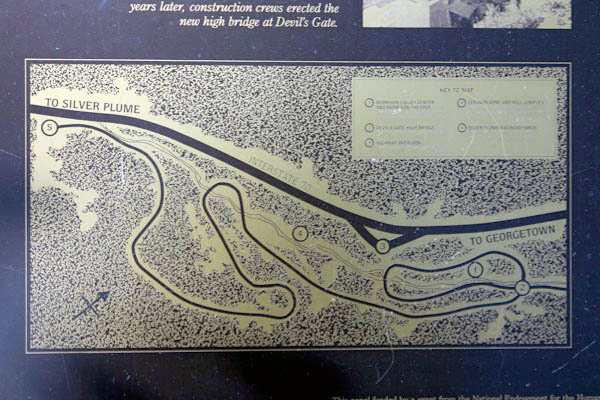

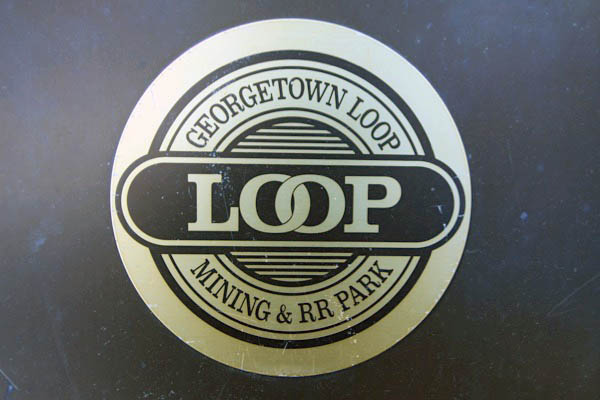
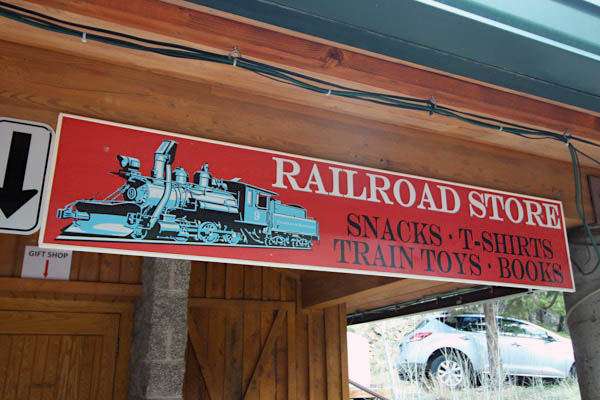
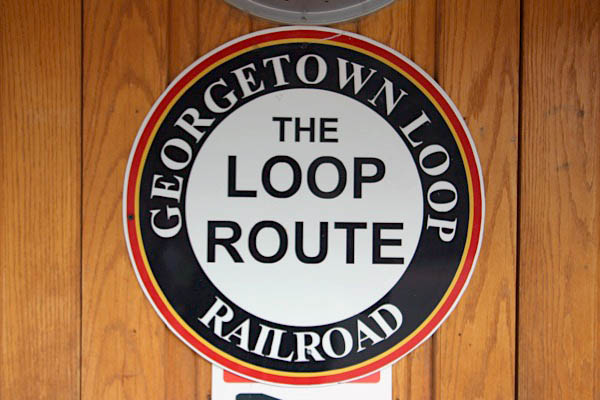
May 2023 / RWH

collection

Georgetown, Co / May 2023 / RWH
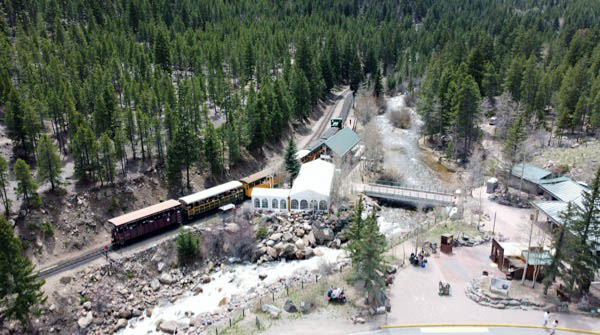
Georgetown, Co / May 2023 / RWH
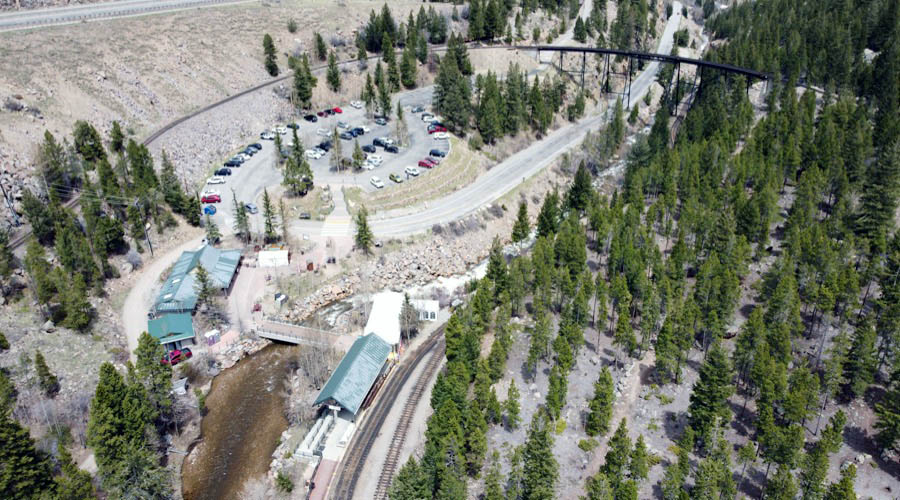
Georgetown, Co / May 2023 / RWH

 1982 — A $1 million grant from the Boettcher Foundation, in honor of E. Warren Willard, a former partner of Boettcher & Company and a board member of the Colorado Historical Society (today’s History Colorado), finances the final segment of the railroad’s reconstruction, the Devil’s Gate High Bridge.
1982 — A $1 million grant from the Boettcher Foundation, in honor of E. Warren Willard, a former partner of Boettcher & Company and a board member of the Colorado Historical Society (today’s History Colorado), finances the final segment of the railroad’s reconstruction, the Devil’s Gate High Bridge.
1984 — Governor Richard D. Lamm dedicates the Devil’s Gate High Bridge, and the entire reconstruction of the Georgetown Loop is complete and open for visitors along the entire route. A replica of the High Bridge was completed in 1984 in time to celebrate the 100th anniversary of its original construction.
1985 — The Colorado Historical Society turns its attention to increasing visitor facilities and historical interpretation along the route. In August 1985, the Morrison Valley Center, now known as the Devil’s Gate Station, is dedicated. The station currently includes boarding and ticketing areas, a gift store, visitor facilities, and parking.
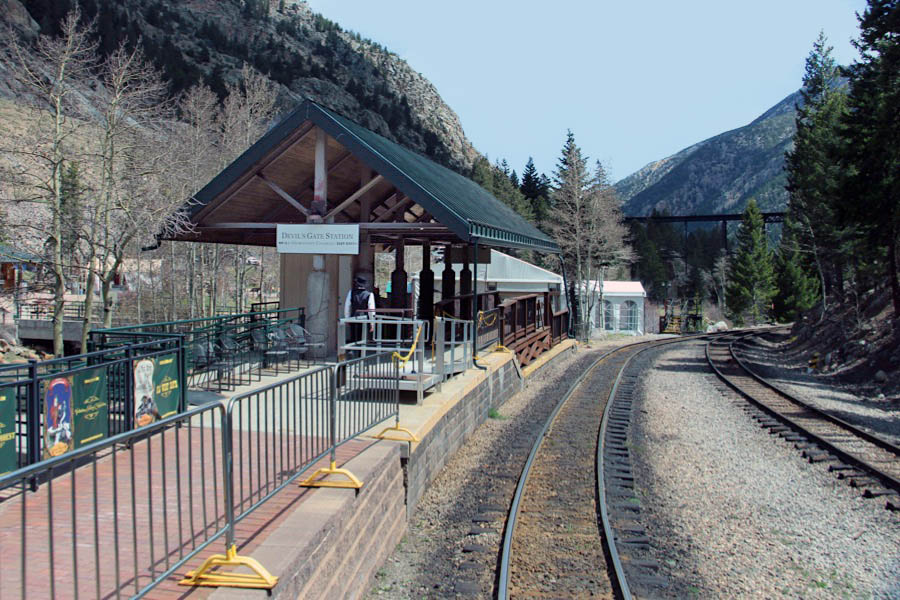
Georgetown, Co / May 2023 / RWH
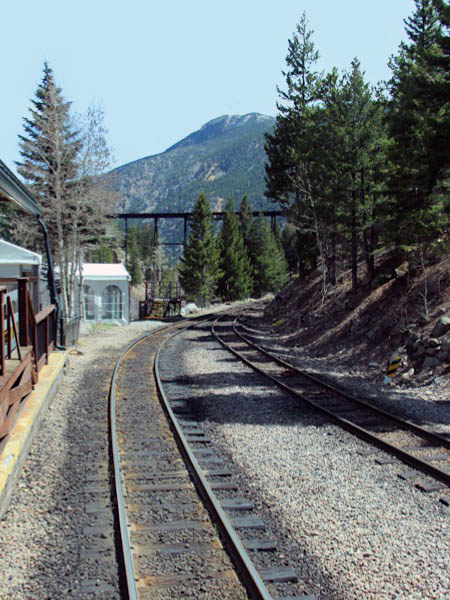
May 2023 / RWH
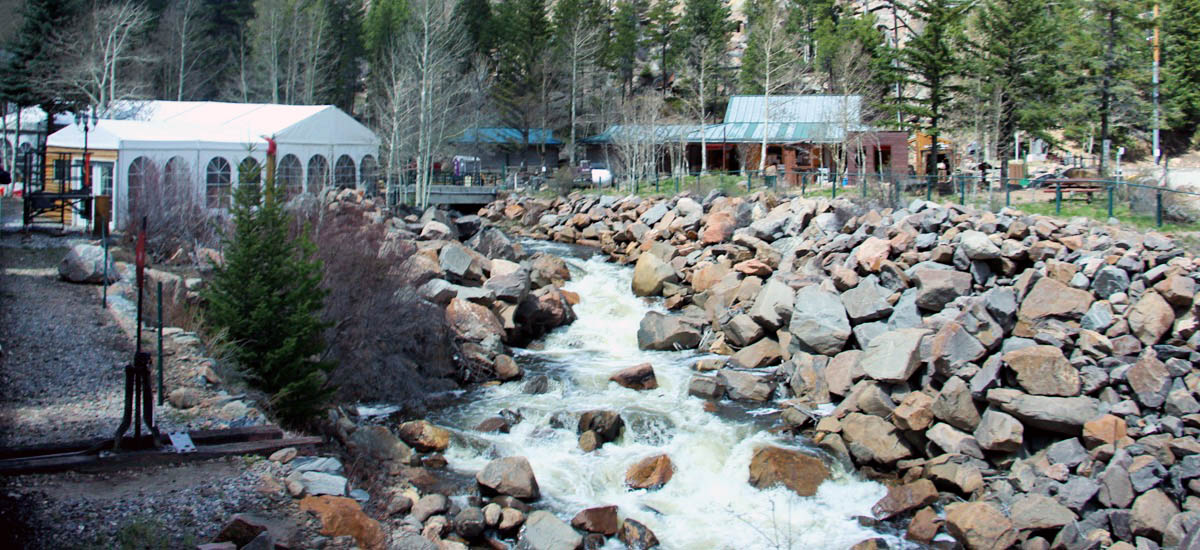
Georgetown, Co / May 2023 / RWH
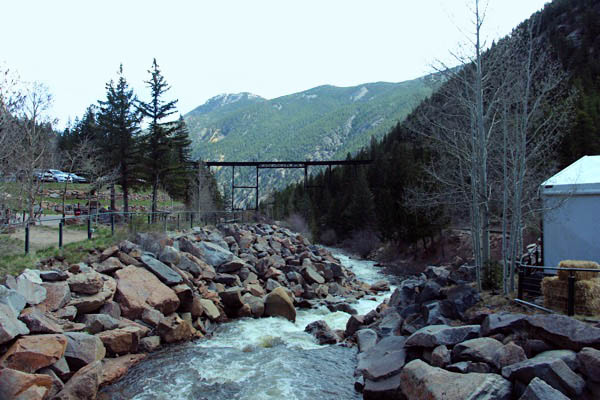
Georgetown, Co / May 2023 / RWH

Georgetown, Co / May 2023 / RWH
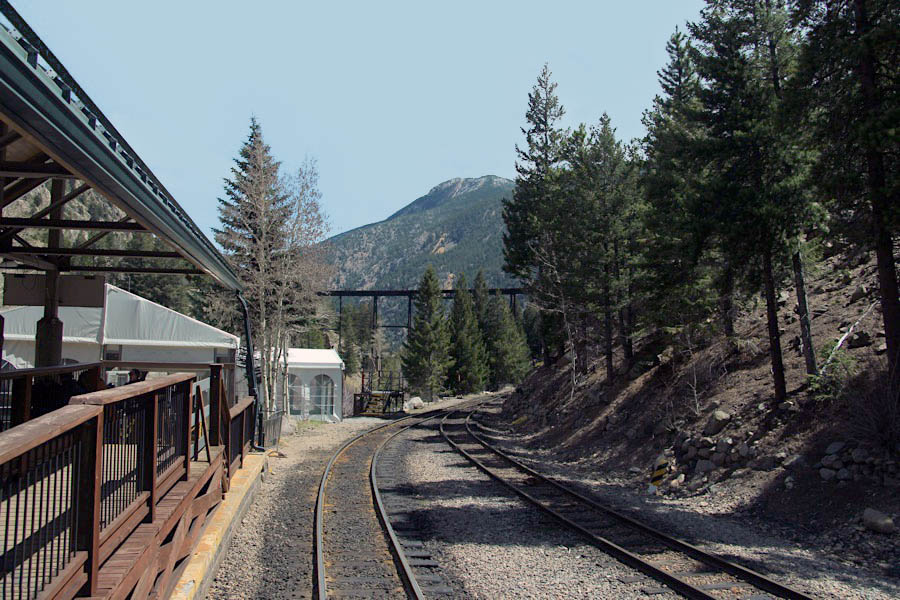
Georgetown, Co / May 2023 / RWH
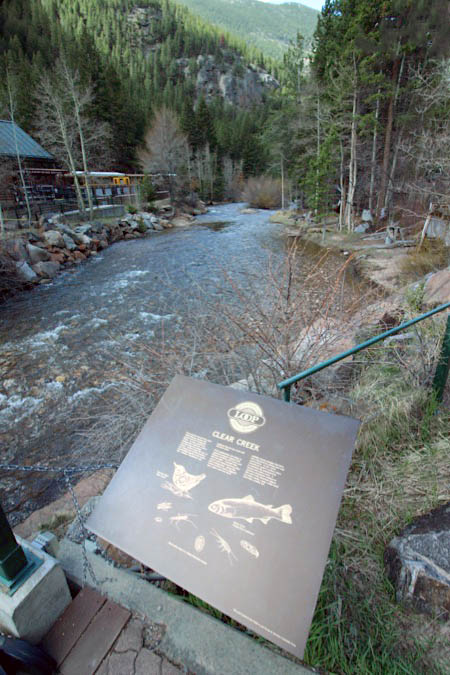
May 2023 / RWH
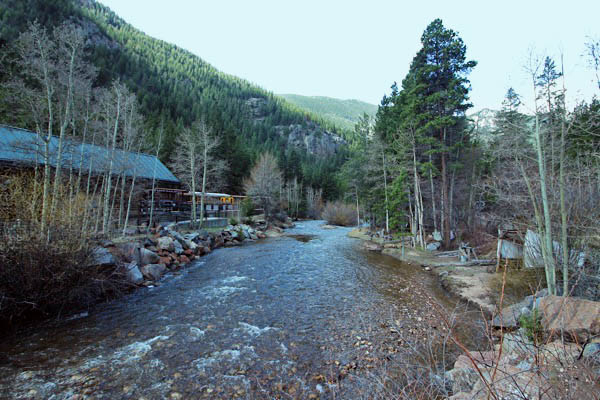
Georgetown, Co / May 2023 / RWH
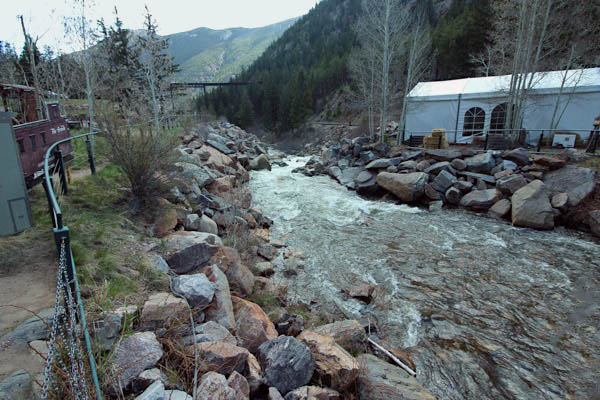
Georgetown, Co / May 2023 / RWH
 Silver Plume
Silver Plume
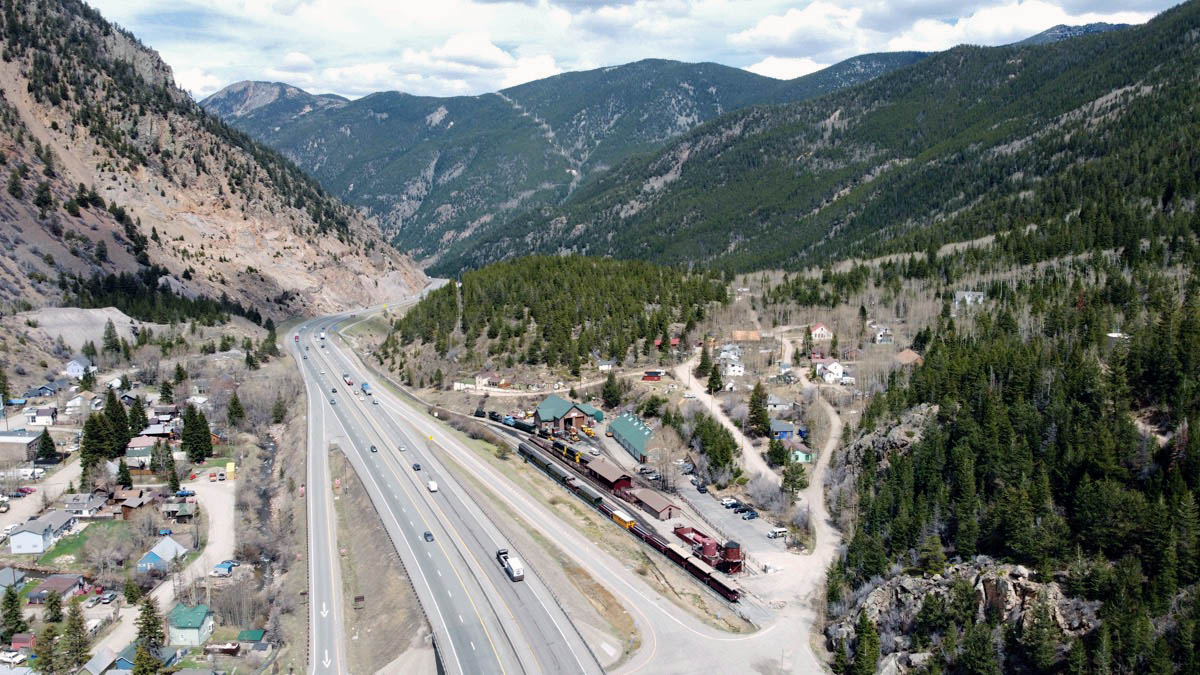
Silver Plume, Co / May 2023 / RWH
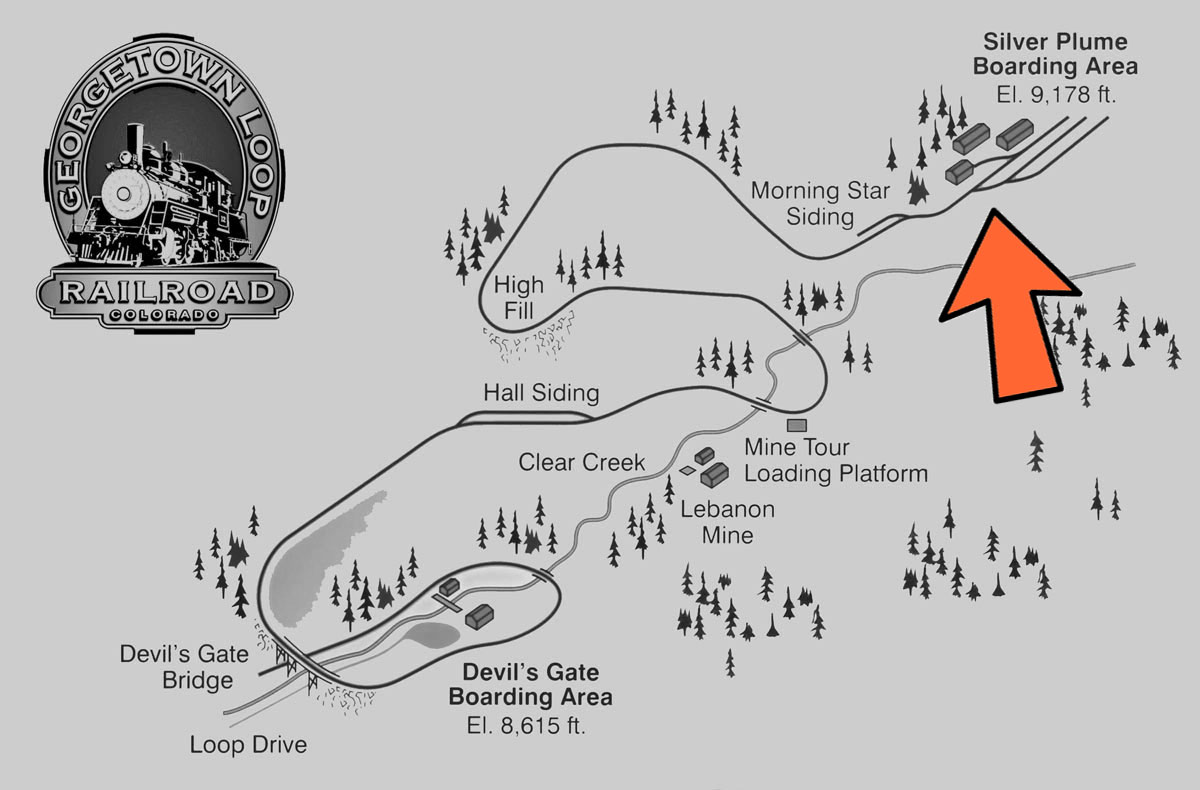
Silver Plume, Co / May 2023 / RWH

Silver Plume, Co / May 2023 / RWH
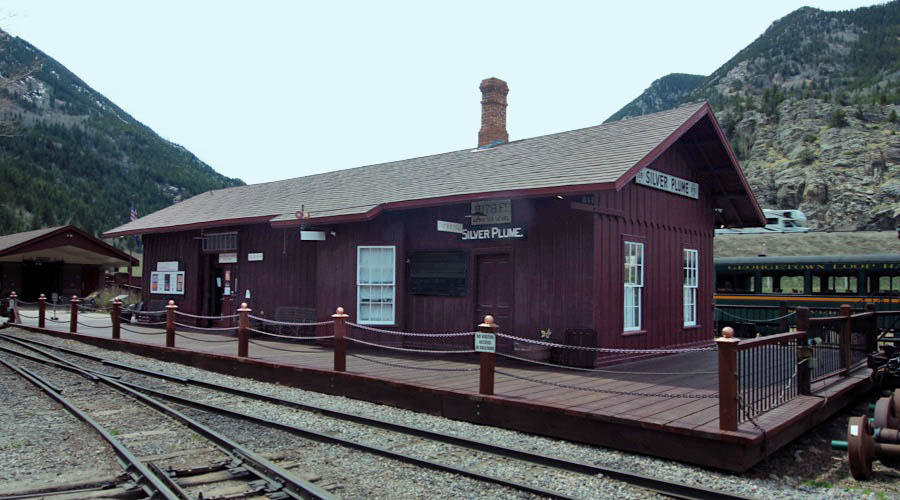
Silver Plume, Co / May 2023 / RWH

Click to see the Silver Plume depot plotted on a Google Maps page
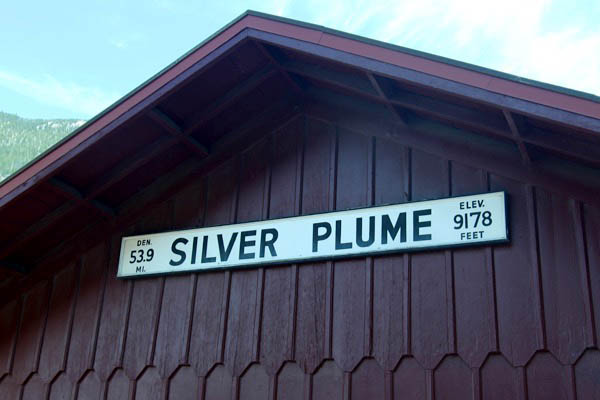
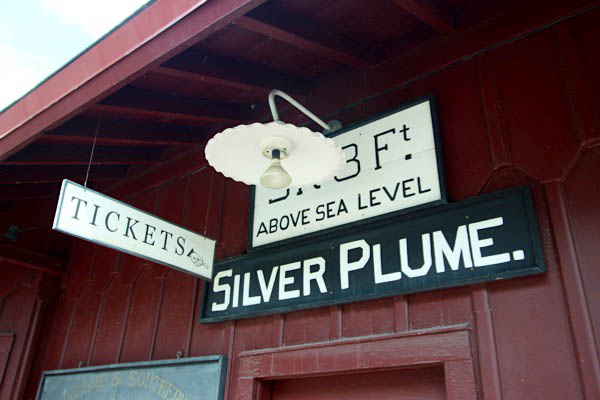
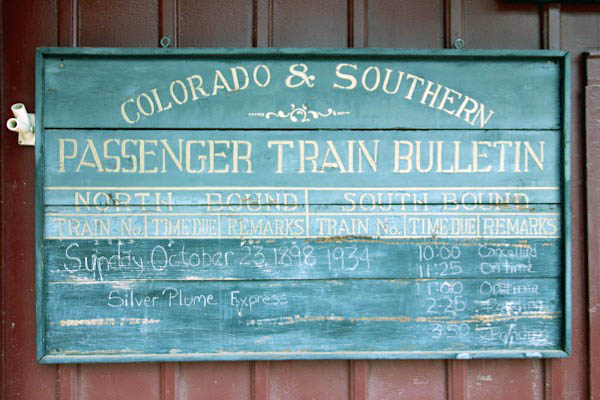

Silver Plume, Co / May 2023 / RWH
 Then and Now
Then and Now

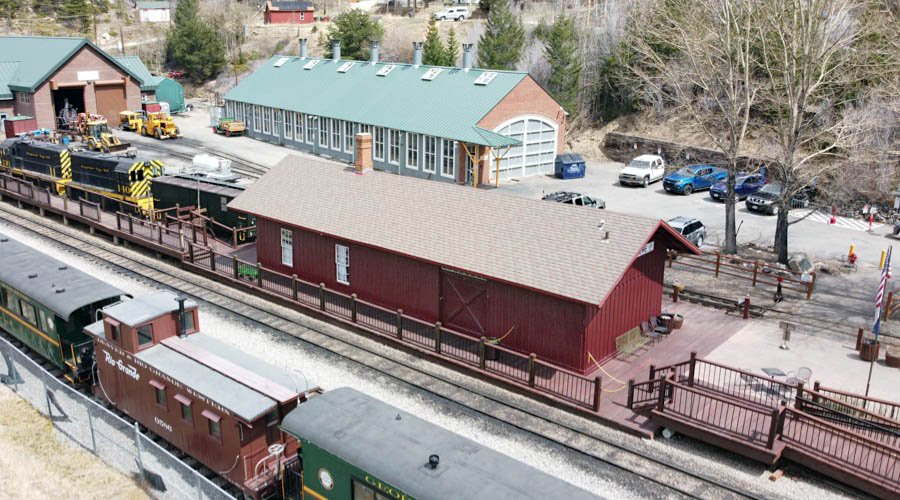
Silver Plume, Co / Jun 1959 and May 2023 / JCH and RWH
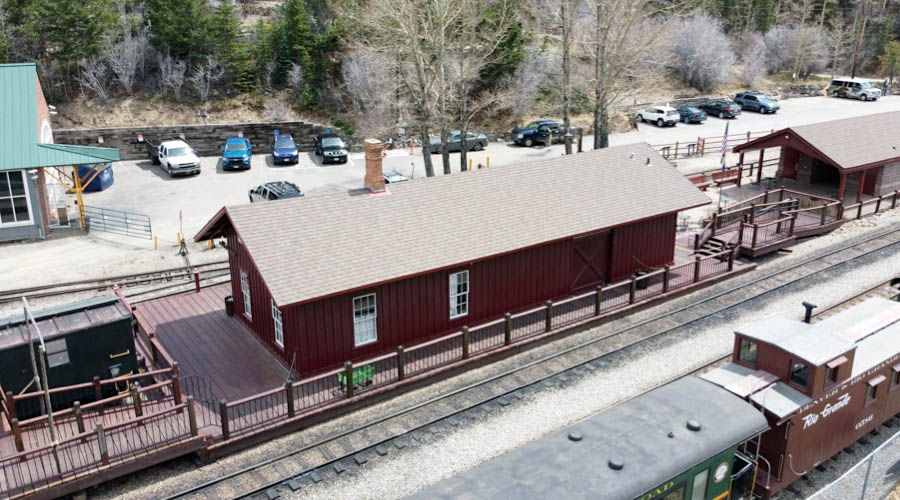
Silver Plume, Co / May 2023 / RWH




Silver Plume, Co / May 2023 / RWH

1910 Official Guide ad / collection

Silver Plume, Co / May 2023 / RWH
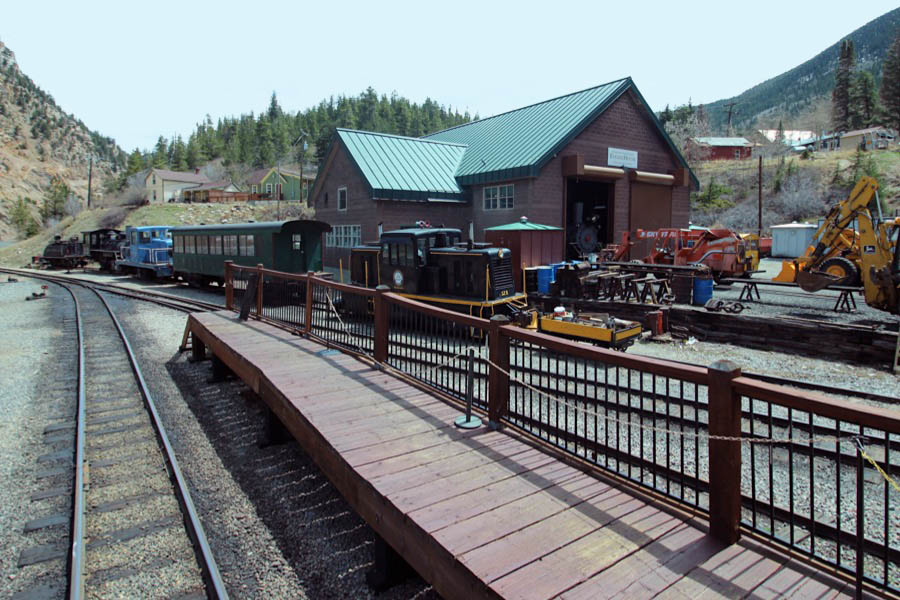
Silver Plume, Co / May 2023 / RWH
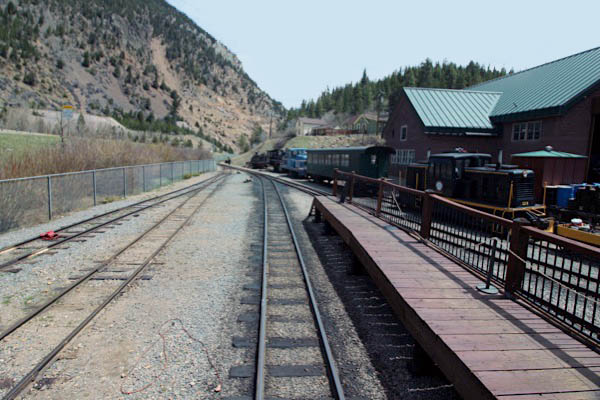
Silver Plume, Co / May 2023 / RWH
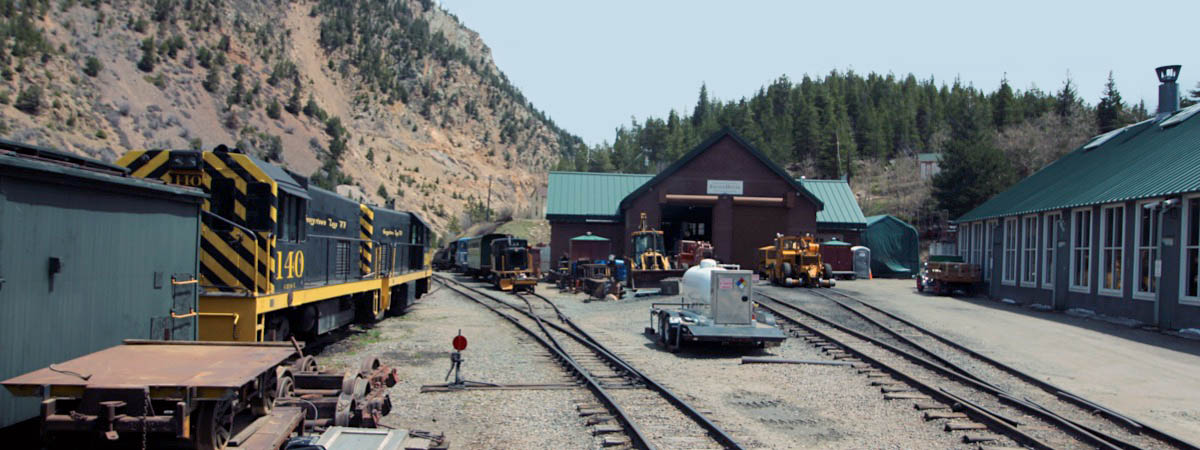
Silver Plume, Co / May 2023 / RWH

 he town of Silver Plume was founded as a mining camp two miles above Georgetown in July 1870. Named for the Silver Plume Mine on the mountain above the town, Silver Plume was incorporated in September 1880. From the beginning, the town developed as a milling center. Area mines produced large amounts of high-quality ore which were sent by wagon to Georgetown for transportation by train after 1877.
he town of Silver Plume was founded as a mining camp two miles above Georgetown in July 1870. Named for the Silver Plume Mine on the mountain above the town, Silver Plume was incorporated in September 1880. From the beginning, the town developed as a milling center. Area mines produced large amounts of high-quality ore which were sent by wagon to Georgetown for transportation by train after 1877.
With the completion of the Georgetown Loop in 1884, Silver Plume greeted the new train service. The March 13 Georgetown Courier reported that the first locomotive was met by a "procession of benevolent organizations and citizens [which] formed on Main Street and marched to the point reached by the track layers, where addresses were made." Passenger service began several weeks later.
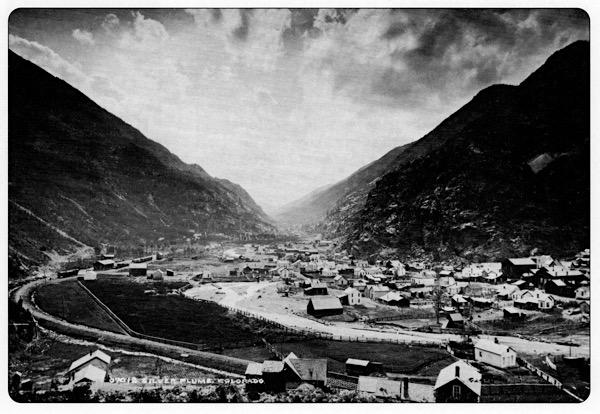 The first station was nothing more than a railroad car. This opened on April 1 with J. J. Whitney, formerly of Lawson, Colorado, as agent. Meanwhile, weather conditions forced delays of several weeks in the preparation of foundations for the permanent depot, which was to be pre-cut in Denver. The Union Pacific prepared all lumber and materials to size and shipped the lot by train to Silver Plume, thus cutting construction costs on site. The materials arrived in mid-April and work was under way a month later for an intended June 1 finish. Delays were cited in mid-July. On September 11 the Courier finally announced that the "Silver Plume depot is completed and in use."
The first station was nothing more than a railroad car. This opened on April 1 with J. J. Whitney, formerly of Lawson, Colorado, as agent. Meanwhile, weather conditions forced delays of several weeks in the preparation of foundations for the permanent depot, which was to be pre-cut in Denver. The Union Pacific prepared all lumber and materials to size and shipped the lot by train to Silver Plume, thus cutting construction costs on site. The materials arrived in mid-April and work was under way a month later for an intended June 1 finish. Delays were cited in mid-July. On September 11 the Courier finally announced that the "Silver Plume depot is completed and in use."
Until 1899, the depot was the only loading point in Silver Plume for passengers and goods. Excursion trains ran regularly from Denver, and the trip from Georgetown — thirty-five cents one way for a twenty-minute ride — was frequently used. The depot was a busy place. Mail deliveries, supplies, and packages for town residents arrived there, and telegraph equipment located in the station master's office provided an important link with the nation. The station's activity reflected Silver Plume's status by 1890 as one of the most productive mining camps in the country.
 In the late 1890s the railroad line changed ownership. The Colorado and Southern Railroad, its new owners, were determined to expand the tourist trade. Soon the tracks were extended to the western part of Silver Plume, where a large pavilion had been built. Picnic areas, walking paths, and other visitor amenities were provided for the excursion-ists. As a result, the depot became a station for local traffic only, while tourist trains passed by, going on to connections with the Sunrise Peak Aerial Tramway and the Argentine Central Railroad at the pavilion.
In the late 1890s the railroad line changed ownership. The Colorado and Southern Railroad, its new owners, were determined to expand the tourist trade. Soon the tracks were extended to the western part of Silver Plume, where a large pavilion had been built. Picnic areas, walking paths, and other visitor amenities were provided for the excursion-ists. As a result, the depot became a station for local traffic only, while tourist trains passed by, going on to connections with the Sunrise Peak Aerial Tramway and the Argentine Central Railroad at the pavilion.
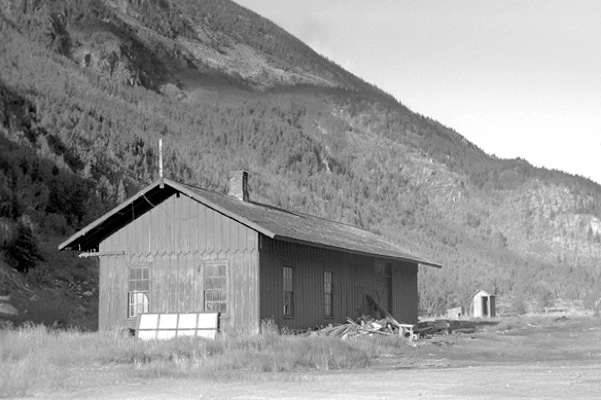 The slow decline of the railroad reduced business at the depot, which was abandoned by the Colorado and Southern when the Georgetown Loop closed in 1939.
During the 1960s the building was used by Loveland Associates as a headquarters for the Loveland ski patrol. Transferred to the Colorado Historical Society in 1968, the building was leased by the Loveland Associates for several years. With the beginning of reconstruction work on the railroad and the operation of the train, the depot was returned to service as the line's ticketing and boarding
facility. Restoration of the structure was completed in 1985.
The slow decline of the railroad reduced business at the depot, which was abandoned by the Colorado and Southern when the Georgetown Loop closed in 1939.
During the 1960s the building was used by Loveland Associates as a headquarters for the Loveland ski patrol. Transferred to the Colorado Historical Society in 1968, the building was leased by the Loveland Associates for several years. With the beginning of reconstruction work on the railroad and the operation of the train, the depot was returned to service as the line's ticketing and boarding
facility. Restoration of the structure was completed in 1985.
The depot has always been located on the southern edge of Silver Plume, but it has been moved several times. The original site lies several hundred feet west of the present location but, as today, it was situated with its bay window facing south. Various other buildings, including houses, tanks, station house, and sheds, have appeared in photographs of the rail yard during the depot's history, but none remains.
With minor exceptions, the restored depot retains its original exterior appearance. Photographs of its first site show that the building and platform sat on lower founda-tions, closer to the ground than at present. The boarding platform, originally twelve feet wide, has been adapted in size and configuration to accommodate current needs.
 The interior of the original depot was divided into four rooms. The freight room, with its unfinished walls, is currently used for visitor facilities. The remaining three rooms provide historical interpretation of the depot and are furnished to the period of 1885 to 1900. These include the waiting room with its historic paint colors and coal stove; the baggage room, filled with passenger luggage: and the station master's office, replete with telegraph, ticketing supplies, and office furniture of the period.
The interior of the original depot was divided into four rooms. The freight room, with its unfinished walls, is currently used for visitor facilities. The remaining three rooms provide historical interpretation of the depot and are furnished to the period of 1885 to 1900. These include the waiting room with its historic paint colors and coal stove; the baggage room, filled with passenger luggage: and the station master's office, replete with telegraph, ticketing supplies, and office furniture of the period.
Situated at the eastern end of the Silver Plume rail yards is a new railroad and train maintenance facility. Completed in 1986, the building houses equipment and space for the repair and regular maintenance of the railroad's rolling stock. A viewing window on the southern side of the building allows visitors the opportunity to watch the train work in progress.
The Georgetown Loop: A Capsule History and Guide

Silver Plume, Co / May 2023 / RWH
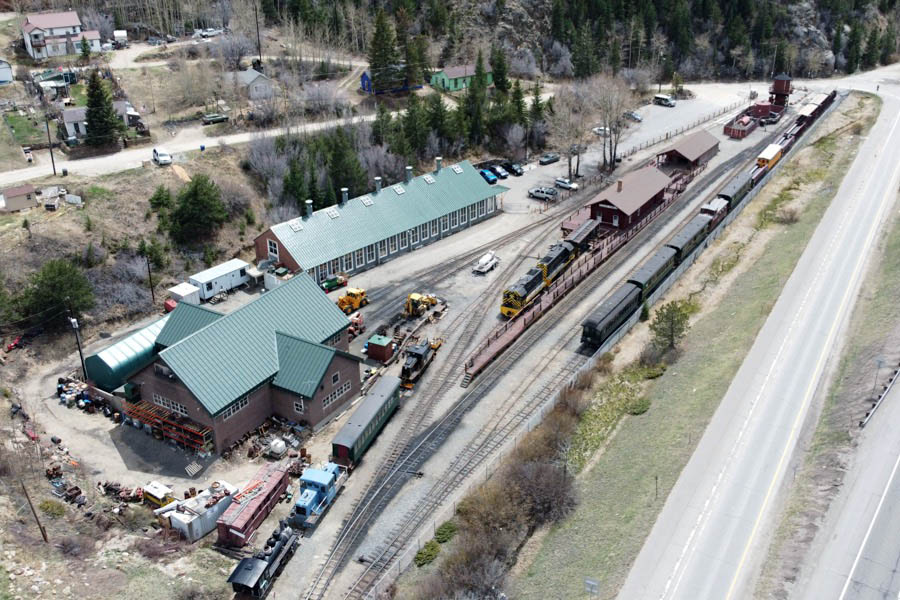
Silver Plume, Co / May 2023 / RWH
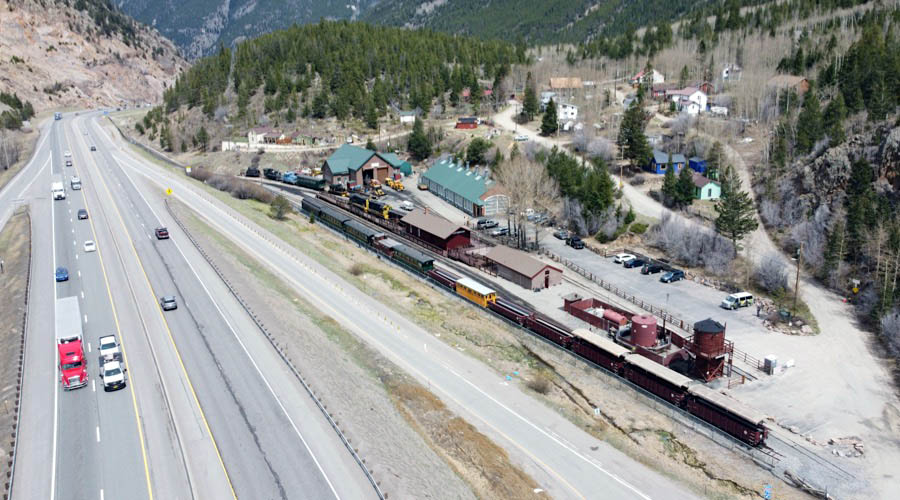
Silver Plume, Co / May 2023 / RWH
